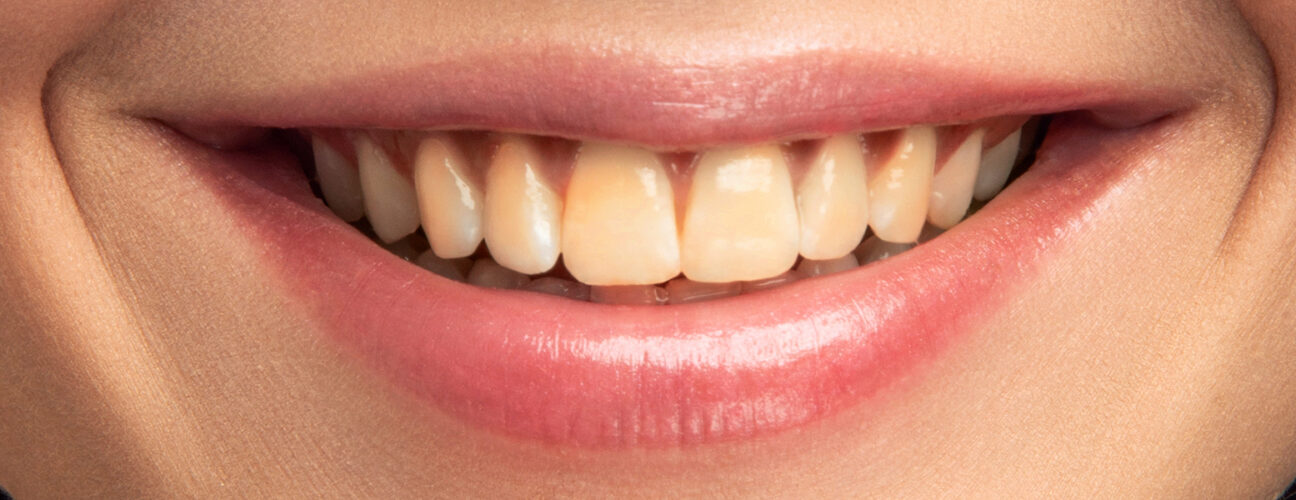Why Do Our Teeth Turn Yellow? Even with Good Oral Hygiene
July 1, 2025Many people are surprised to find their smile losing its brightness, even when they brush and floss consistently. It’s natural to ask, why do our teeth turn yellow if we’re doing everything “right”? The answer isn’t always straightforward. While good oral hygiene is essential for overall dental health, it doesn’t always protect against discoloration.
For those seeking a more radiant smile, professional teeth whitening in Calgary, AB, offers effective and safe options. But before you reach for whitening strips or book a treatment, it’s helpful to understand what’s really going on beneath the surface.
Common Causes of Yellow Teeth
The color of your teeth isn’t one-size-fits-all—heredity often has more impact on enamel tone than daily habits alone. Some people naturally have enamel that’s more ivory than white. However, a number of lifestyle and environmental factors can contribute to visible staining or dullness:
- Diet and Beverages: Foods like berries, tomato sauce, and soy sauce, along with drinks like soda, coffee, tea, and red wine, are known to stain enamel over time. Even healthy items can have a long-term impact on brightness.
- Aging: As we grow older, the enamel (outer layer) becomes thinner, revealing more of the dentin underneath—which has a yellowish tone. This process is gradual but noticeable with age.
- Tobacco Use: Both smoking and tobacco consumption can leave deep-set stains that brushing alone can’t remove. These habits also accelerate enamel breakdown.
- Medications: Certain antibiotics taken in childhood, like tetracycline, can cause permanent discoloration. Additionally, medications used to manage blood pressure or allergies may contribute to enamel changes.
- Fluorosis: Overexposure to fluoride treatment during childhood can result in faint white or brown patches, altering the overall appearance of your smile.
- Trauma or Tooth Damage: Injuries to a tooth, especially in younger individuals, can disrupt enamel development and lead to discoloration over time.
Understanding these factors is key to managing oral health expectations and knowing when additional treatments may be helpful.
The Role of Oral Hygiene: What It Can and Can’t Do
Daily brushing and flossing are essential—they help prevent cavities, gum disease, and surface-level staining. But even the best hygiene routines have limitations when it comes to whitening. That’s because:
- Plaque and tartar can trap pigments from food and drink, but they aren’t the only culprits. Once stains penetrate the enamel, they’re harder to reach with a toothbrush alone.
- Whitening toothpastes contain mild abrasive ingredients that help remove dental surface stains, but they can’t alter the natural shade of your teeth or treat deeper discoloration.
- Enamel thickness plays a role. If your enamel is naturally thin, even excellent oral care won’t mask the yellowish dentin underneath.
In other words, oral hygiene supports health, not necessarily cosmetic brightness. This is where professional guidance from a dentist in Calgary, AB, can be especially helpful.
Safe Ways to Brighten Your Smile
If your goal is to achieve a whiter smile, it’s important to choose methods that are both effective and safe. Here are some options commonly recommended by dental professionals:
- In-Office Whitening
This is one of the fastest and most reliable methods. We use Opalescence Boost. A concentrated whitening solution is applied and activated under controlled conditions, delivering noticeable results in a single visit. The process is safe for enamel and tailored to your dental history.
- Take-Home Professional Kits
Custom trays filled with dentist-prescribed whitening gel allow for gradual brightening at home. This option offers convenience and control, and results usually appear within a week or two of consistent use.
- Avoiding Staining Habits
Reducing your intake of known staining agents like coffee and soda, and quitting tobacco, can preserve the results of any whitening treatment.
- Routine Cleanings
Regular dental office visits help remove plaque and tartar that can dull your smile. They also give your provider a chance to monitor any changes in color and recommend timely solutions.
At East Hills Dental Clinic, personalized treatment plans help patients understand which option suits their enamel type, oral health needs, and aesthetic goals. It’s never about one-size-fits-all—it’s about informed, long-term care.
Conclusion
If you’re wondering why your teeth turn yellow, even with good brushing habits, the answer lies in the many subtle factors that go beyond routine hygiene. Diet, aging, genetics, and lifestyle choices all contribute to color changes that can’t be addressed with a toothbrush alone.
Fortunately, modern whitening solutions and professional dental care offer a safe and effective path to restoring brightness. If your smile isn’t as white as you’d like, consider speaking with a trusted provider about your options. A little clarity—and the right treatment—can make a big difference in how you look and feel.
